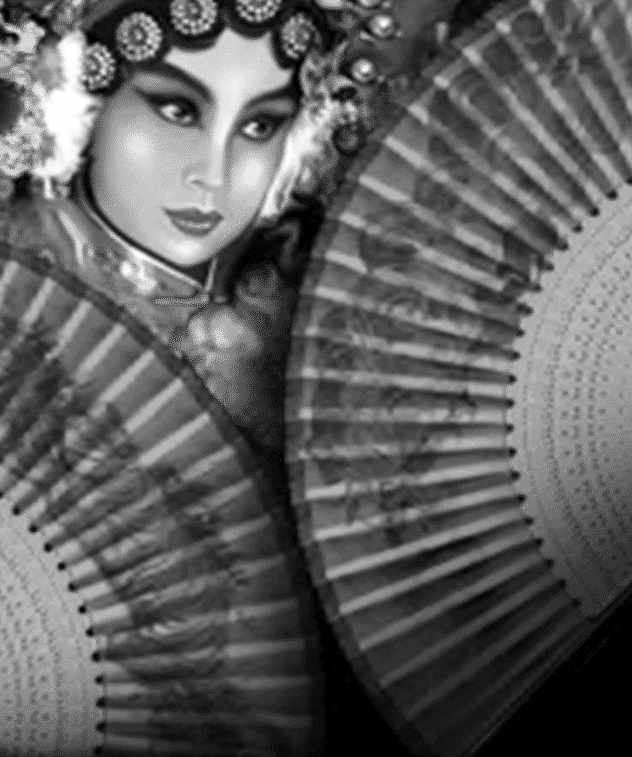
Form Four (A.K.A. Long Form Four) is one of the forms that one might demonstrate when asked to "show me what American Kenpo is about". But only if one has the time. Because Form Four is also the longest form of the system. If time is of concern, one might do Short Form Three, or only part of Form Four.
The curious mind should ask, why? Why is it that Form Four is a good representation of the art? And, why is it also the longest form of the system? To answer these questions, one has to go back to the beginning and understand some simple facts about the forms of the system.
The forms of the American Kenpo system build upon each other. Short Form One being the shortest, most elementary, and foundational; with each subsequent form building upon this rudimentary foundation. Forms, in contrast to sets, cover broad, overarching concepts and themes which start at the most basic and continually advance in difficulty and complexity as they progress; bounded only by the limits of exploring the major themes and concepts of each.
Through a quick synopsis of the major offensive themes of the forms, one can see this progression. Short Form One's main theme is defense only. Long Form One's is defense then offense. The Two's cover defense with offense. But the themes up to this point only "define" motion. After the Two's there is a major advancement within the themes.
At this point in the progression, the type of offensive maneuver is now explored as a theme. The Three's only consider applied attacks (grabs, holds, hugs, chokes, etc.) and minor in-flight attacks (pushes, attempted grabs, etc.). This leaves the next major progression to Form Four: major in-flight major attacks (punches, etc.). But this is only half of the answer.
There is also a second major theme that threads its way through the upper forms. Long Form Three's theme is circles to lines and lines to circles. Form Four's theme is circles; intersecting circles (aka figure 8's) to be more specific.
Using these two facts about the design of the forms, the answer to both questions posed can now be derived.
Major, in-flight, empty-handed attacks is a large and very important subject matter. And, it is mostly covered by a single form - Form Four. Applied and minor in-flight attacks were covered by two forms - the Three's (Short and Long). Yet, there is no "official" Short Form Four. Only Long Form Four. This leaves a lot of vital material to be included in a single form; making Form Four much longer and much denser in specific types of data than any of its predecessors.
As a matter of historical fact, Form Four was originally designed to be the last form of the system. This is one reason all subsequent forms have such different significations and salutations, and why Form Four is considered to be so packed with critical information.
An understanding of this major compositional structure of the forms provides the answers to both questions, simultaneously.
And, it also answers, partly, the unasked question; "why is Form Four sometimes referred to as the heart of the system?" Although this question is meant to be figurative and not literal, it still deserves an appropriate answer. Only, this answer is two-fold.
First, most obvious and pulled from the previous answers, is the larger subject matter (major in-flight attacks) compressed into a single form; thus, forming an information dense composition. Euphemistically speaking, the "heart" of self-defense. But secondly, far less obvious and somewhat obscure, is the intersecting circular theme (figure 8). When this major theme of Form Four is applied to the Universal Pattern it literally demonstrates the heart pattern. This "visual trick" is how one determines if they are wearing the patch of the Universal Pattern correctly or not (e.g. is the heart visible?). Again, a play on words.
One final question needs to be answered about Form Four. Why is Form Four one of the most favorite forms of the system; for both the practitioner and the observer?
The answer is surprisingly simple. Circles. Circles hold the key to fluid motion. Lines, although extremely effective physically, do not look as beautiful nor mysterious to the observer. The beauty of circles coming from the continuous flow of motion, and the mystery coming from the attempt by the observer to glean the underlying purpose of this wonderous movement. Contrast this against linear motion, which has a different type of beauty, but also has a more determinable purpose. Thus, losing a good part of the mystery.
For example, contrast Long Form Three's execution to Form Four's. Long Form Three exudes more of an air of hardness, staccato, and elementary movement, where Form Four gives an impression of very smooth, continuous, and sophisticated flow of motion. Match this with the fact that the majority of people prefer this fluid type of motion to both view and perform over the more rigid; accompanied with the inherent mystery - and you have an answer.
Supplement this answer with the other answers given previously, and you have a form that has everything: beauty, mystery, sophisticated motion, and copious amounts of essential information about an extremely important subject matter. A form that the practitioner, the scholar, and the uninitiated observer all can enjoy and appreciate.
These previous answers also conveniently provide an answer as to why a book series such as this is not only need, but necessary. So, while studying, referencing, or reviewing the text of this guide, the reader should keep in mind the primary purposes of this book. One (1), to help the practitioner - by giving a definitive reference from which one may find answers and specific pieces of information quickly. And, two (2), to provide a permanent historical touchstone for future generations of American Kenpoists. In other words, an effort to maintain the American Kenpo system for all time in a non-fungible form. In short, to preserve.